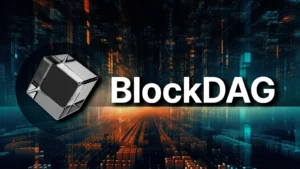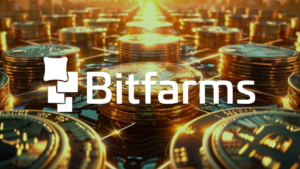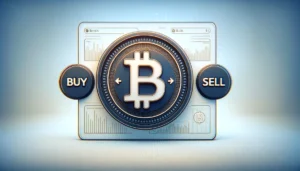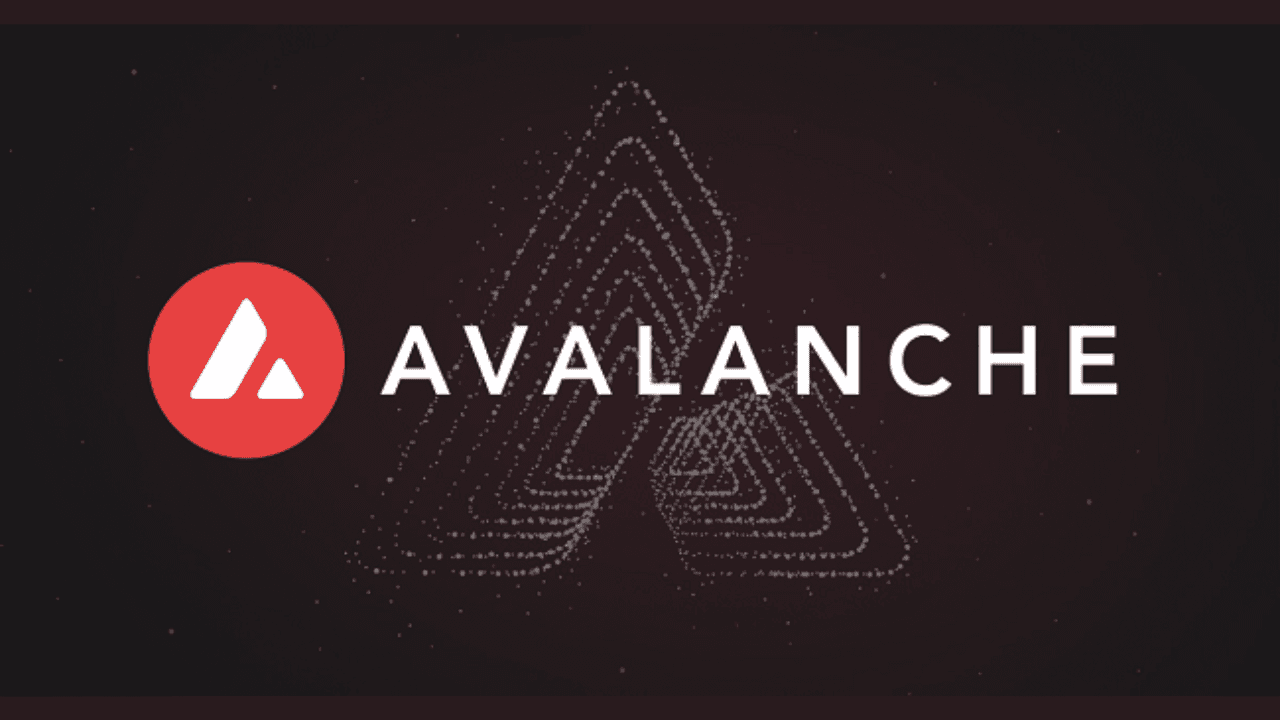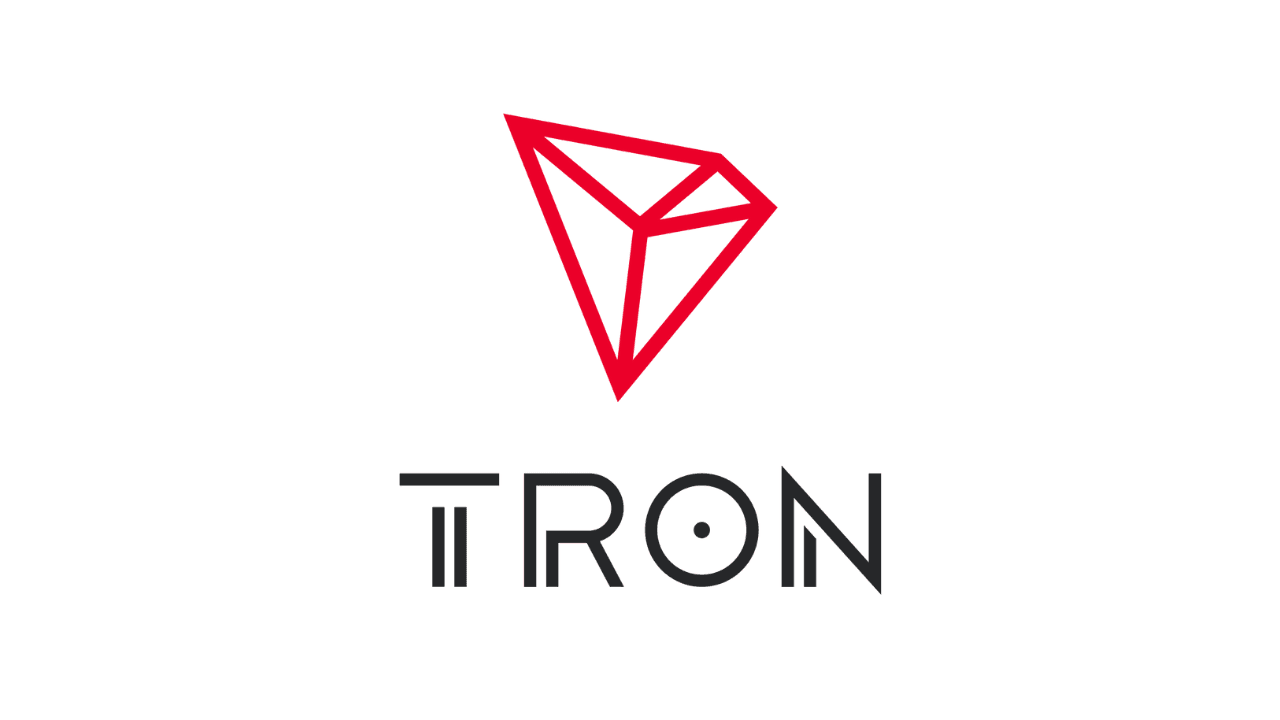
For cryptocurrency investors and stakeholders, tokenomics is a major concept to be aware of as it plays a critical role in defining the potential of a crypto project. Tokenomics includes everything that defines the working of crypto coins, including how they function & how are they made valuable along with their supply-demand dynamics.
This article will explore the main features of tokenomics and how a token’s use & value is impacted by its tokenomics design.
Table of Contents
ToggleWhat is tokenomics?
As a consolidation of the words “token” and “economics”, tokenomics is exactly what its name describes – the cryptocurrency’s economy. It refers to all the factors that directly or indirectly describe the crypto token’s valuation, such as supply & demand, issuance, distribution, utility, and incentive mechanisms, among other characteristics. The tokenomics of a blockchain project generally indicates whether its crypto holds the potential to gain value with time or not.
In a way, tokenomics is quite similar to traditional economics where central banks issue cash and administer monetary policies to control the spending, lending, and movement of money. However, the economics of crypto projects i.e., tokenomics, differ in the sense that it’s based on algorithms and integrates pre-defined rules set up by the project developers. Moreover, the whole decentralization concept of cryptocurrencies makes their economics quite unique whereby creators implement several “game theories” to confer value to the tokens.
Why is tokenomics important?
Tokenomics is pivotal in determining the future prospects of any crypto project. It is because a good blockchain project with valuable incentives and a well-thought token circulation/distribution system can probably do better than a project with faulty tokenomics. Note that a crypto ecosystem with effective tokenomics creates a constructive cycle where high demand over the long haul attracts more & more investors, ultimately leading to high token prices.
On the contrary, bad tokenomics can knock down a crypto project anytime even with the slightest trigger. Therefore, as an investor, you should not only research the crypto community, roadmap, and its whitepaper, but also its tokenomics when making the buying decision. Further, the developers & founding members also need to give tokenomics high attention if they want their project to be sustainable and successful over the long term.
Understanding tokenomics: What are the defining factors of tokenomics?
The monetary policy or you could say tokenomics, of every crypto coin is different. While the creators go about it diversely, their end goal is almost the same – to incentivize the investors in buying and holding the coins so, ultimately, the prices could ascend.
Moreover, the tokenomics of all coins is also based on similar metrics that we’re going to discuss here. You should especially consider these factors when considering investing in a cryptocurrency.
Token’s supply: Inflationary vs deflationary vs mixed
Crypto token supply is a major pillar of tokenomics as it can directly impact its prices. Know that some coins have a limited maximum supply while others have no hard cap in place (unlimited supply). Moreover, the circulating supply, which points to the number of tokens in circulation, also holds an effect on the price of tokens.
From the supply perspective, cryptos are divided into three categories namely, inflationary, deflationary, and mixed. Inflationary currencies have no limits regarding how many tokens can be in circulation, whereas deflationary currencies have a capped maximum supply. Some cryptocurrencies also utilize a mixed mechanism, implementing deflationary, inflationary, and disinflationary measures to manage prices.
For instance, Dogecoin is considered an inflationary crypto that has an unlimited supply after one of its developers demolished its maximum supply cap of 100 billion DOGE in 2014. Theoretically, it means that a surging DOGE’s supply could exceed its demand, pushing down the value of each token over time.
Whereas Bitcoin is inflationary to an extent. It has a maximum supply of 21 million units and bitcoin’s supply will reach this limit by 2041 according to the calculations. But the Bitcoin protocol also includes some disinflationary parameters, such as “halving,” that slows down the rate of inflation over time.
On the other hand, some cryptos are deflationary where the price of each coin should surge (ideally) if the demand does not reduce. BNB is an example of a deflationary cryptocurrency.
Aside from these two categories, many cryptocurrencies incorporate mixed dynamics. For example, Ethereum was previously a pure-inflationary coin but now it includes a mechanism that makes it deflationary, via token burns, during times of high network activity.
Token’s distribution
From an investing point of view, it is important to consider a token’s distribution roadmap. Know that an even distribution where tokens are held by investors and founding teams is good news for projects. On the flip side, if a small range of organizations exercises a monopoly on token ownership, it is indeed riskier.
Being aware of the type of entities holding a token can tell you very much about their trading tendencies and how the coin’s value can be affected eventually.
Token burns
To increase scarcity and prevent inflation, many crypto protocols “burn” tokens, hence permanently removing them from circulation. From a supply/demand point of view, token “burns” can push the crypto prices higher.
Binance burns BNB each quarter to reduce its supply until the token’s supply hits 100 million. Moreover, as mentioned before, Ethereum has also begun implementing a token “burn” mechanism called “EIP-1599” since August 2021.
Token utility
Token utility defines the ways in which a coin can be used. There are many use cases of tokens: some are governance tokens used for voting rights whereas some are stablecoins that function as an alternative to fiat currencies. Moreover, some platforms lower the transaction fees and offer discounts on their native tokens.
A token’s utility can help you understand how its valuation can transform over time.
Incentives: Mining and staking
Crypto projects adopt different protocols that not only sustain their blockchain’s functionality but also incentivize the participants via block fees or other subsidies.
For instance, the proof-of-work and proof-of-stake are the two most popular mechanisms that reward the miners and stakers, respectively, with tokens for validating transactions. Moreover, many other innovative consensus protocols have also come into the light now that allow the participants to earn yields and other rewards for maintaining the system.
Closing thoughts
Considering the influencing power of tokenomics, it must be on your radar when analyzing cryptocurrencies if you want to understand how the value of tokens can alter over time. However, remember to combine this analysis with other fundamental factors also, to realize the true potential of a project.


